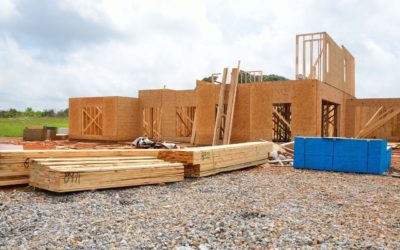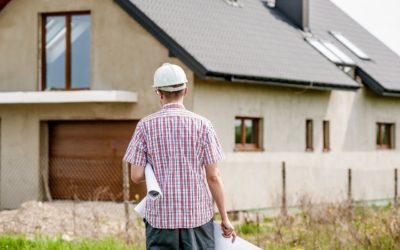When planning your dream home, you will encounter a variety of strategies and approaches to home design. If your ideal home is energy efficient or green, you may have more options than you know. Deciding which method to adopt will depend on a combination of your desires and priorities: there is the cost, the return on investment, and of course, the level of energy efficiency you’re going for.
The field of options is vast. For example, the design for most conventional homes only takes into consideration the minimum energy codes. On the other end of the spectrum is the Living Building Challenge, for which a building must prove to be self-sufficient in energy and water for 12 months plus meet rigorous standards for building materials and indoor environment before certification. There are many stations in between these two.
One option in building an energy efficient home is LEED (Leadership in Energy and Environmental Design). LEED is a green building certification system which verifies that a number of metrics have been met, including: energy savings, water efficiency, carbon dioxide emissions reduction, improved indoor environmental quality, and stewardship of resources and sensitivity to their impacts. However, LEED certification looks at energy considerations in the design but does not focus on final energy performance.
The construction costs of a LEED certified building can typically cost 10-30% more than a conventional home, and architects will also charge more for a LEED-certified building design. That said, they do have an enviable return on investment and will bring in more money on the housing market than a conventional home.
Another design strategy, whose final energy performance is evident in the name, is the Net-Zero approach. Essentially, Net-Zero homes produce as much energy as they consume in a year. They achieve that through energy producing systems like solar panels. But producing that much energy doesn’t necessarily mean the building itself is also energy efficient.
Another difference is that a Net-Zero building is not necessarily constructed with green materials. And while the energy savings are laudable, the solar panel installation can be a pricey upfront investment. These homes can cost at least 10% more to build than a conventional home, but do promise a return on investment of 100%, plus.
The Passive House standard, however, is a more affordable, highly efficient method for building a home with 60-80% lower energy costs that also excels in comfort and air quality. Passive House uses continuous insulation and high performance doors and windows to achieve consistent temperatures year-round. It also utilizes passive solar design to effectively use the sun’s energy. These homes use very little energy to heat and cool and, on top of that, Passive House buildings are constructed to be durable, too. Lastly, they are known for their indoor air quality, which increases health and well-being.
While a Passive House home will cost more than a conventional home at the time of building (estimated at 7-15% higher), it will produce a return on investment in 8-10 years. Passive House offers a healthy, affordable, environmentally friendly way to achieve your dreams in a new home. Ask the experts at FiELD9: architecture about what Passive House could mean for your home-owning future.






Recent Comments